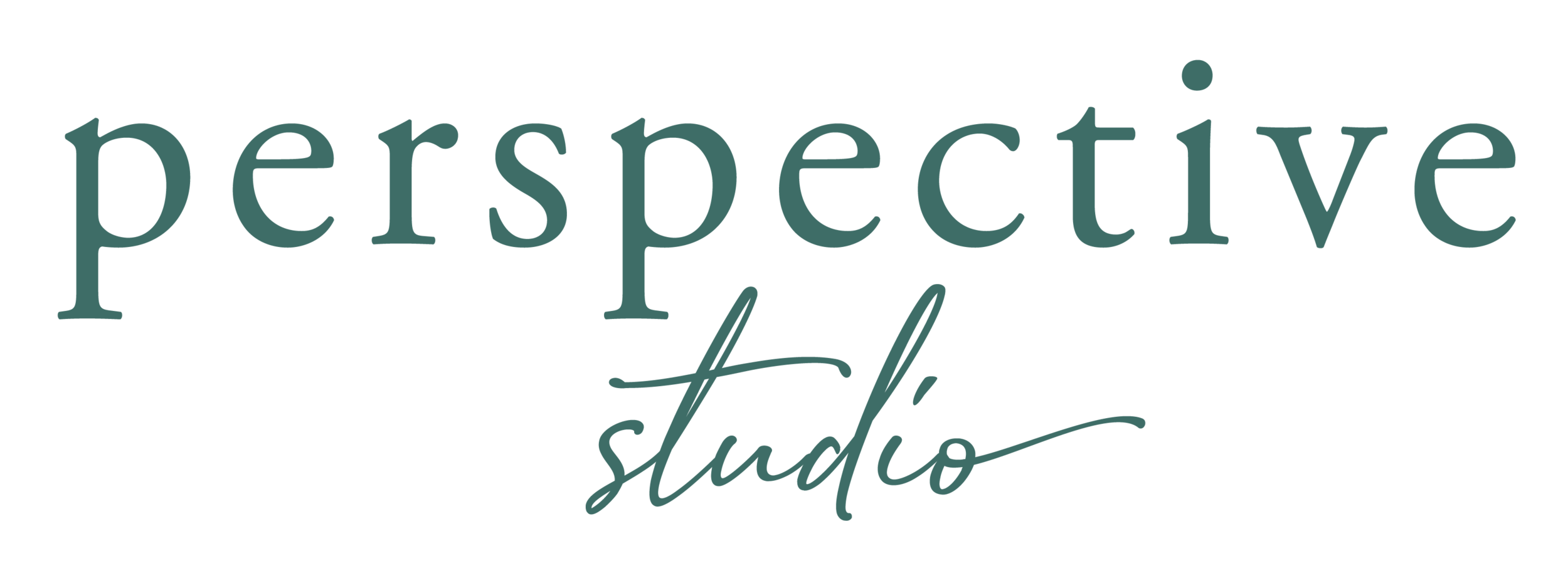Four Basic Web Design Terms Your Nonprofit Should Know
Just getting started with your nonprofit or church and ready to launch your website? Or maybe you already have a website, but want to launch a new campaign or program website?
Maybe you’ve gotten a few quotes on it, or chatted with a few people, and they are throwing terms back at you like domain and web host and coding and… ah your head is spinning with the other 100 things you have to manage!
Well friend, I got you! It’s not an easy task. But knowing these three basic terms, and differences between them, will help you a lot in your quest to build a website that works for your organization.
Before we begin though, let’s start with a visual analogy. Think of building your website like building a house. Understanding how the foundation is laid and how each part of the house is built, is crucial.
Term #1: Domain
Before you begin building a house, you need to find a location, right? Let’s say you find a gorgeous, oak-tree-lined street, with a beautiful green plot of land right in the middle. Perfect! You purchase it and tell people they can find it by going to 555 Middlebridge Drive.
This is your domain. Your website domain is like the physical address of your house. It’s where you tell people to find you. Once you claim that land on Middlebridge Drive, no one else can have it unless they buy it from you. Same with your domain. You need to find a web address that no one else has purchased. Then you purchase it, claim it, and this becomes your website address (example: mydomain.com).
Term #2: Domain Host or Registrar
So how do you find your domain name? You search for it on a domain host or registrar. An example of this would be a site like GoDaddy.com, where you can quickly search for available domain names. Once you find one you like, you then purchase it on GoDaddy, and now no one else can have that domain. You usually pay annually for your domain name.
Pro Tip: If you build a website with squarespace, they will include a domain name for free for your first year.
Term #3: Web Hosting
Once you have your piece of land, it doesn’t mean you automatically have a house, right? Same with your domain. Once you buy your domain, it doesn’t mean you have your website yet.
It’s now time to actually build your house, but if you’re like me, unless you’re a contractor, you don’t have the first clue of how to start building a house. This is where your web host comes in. Web hosts provide all the tools you need to build your website, and it’s where your website actually lives.
If your website is a house, think of each of the different rooms in the house as your different website pages. Your web host then stores all the bits and pieces of furniture in that room, which is your photos, videos and content.
Now, when you give someone your address, there is actually a house, or website built that the address is attached to. Easy as that!
Examples of web hosting companies are Wordpress, Wix and Squarespace (though Squarespace is the best in my opinion).
Term #4: URL
As you’re building your house, you will likely differentiate between each room. For example, kitchen, bathroom, bedroom, living room, etc.
Think of your URL as the exact name for each page of your website. It stands for “Universal Resource Locator.” It includes your domain name, but also gives the room name. An example would be mydomain.com/blog. Or another one would be mydomain.com/about-us.
This is important to know as your site is built, as your visitors will see this exact name and you will likely link to it in different spots. You don’t want something confusing or random like mydomain.com/dguklzerxw.
Was this helpful?! I sure hope so! Now you can be a pro in your lingo when you go have that next conversation about building your website.
(PS: if you want someone to handle the building of your house for you, let me know!)







When you get an email in your inbox from a mom (who is also a friend) asking for a website design for our very own local “Charlie and the Chocolate Factory”, you say yes!
Better yet, when it’s a business owned by a 6 and 8 year old, how can you pass that up?